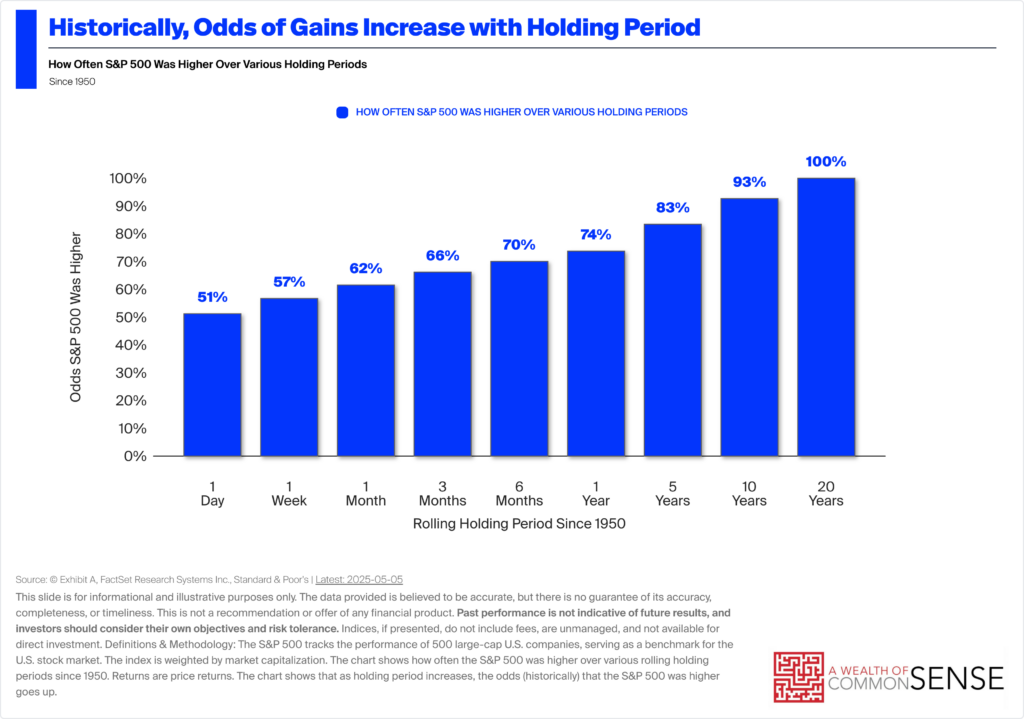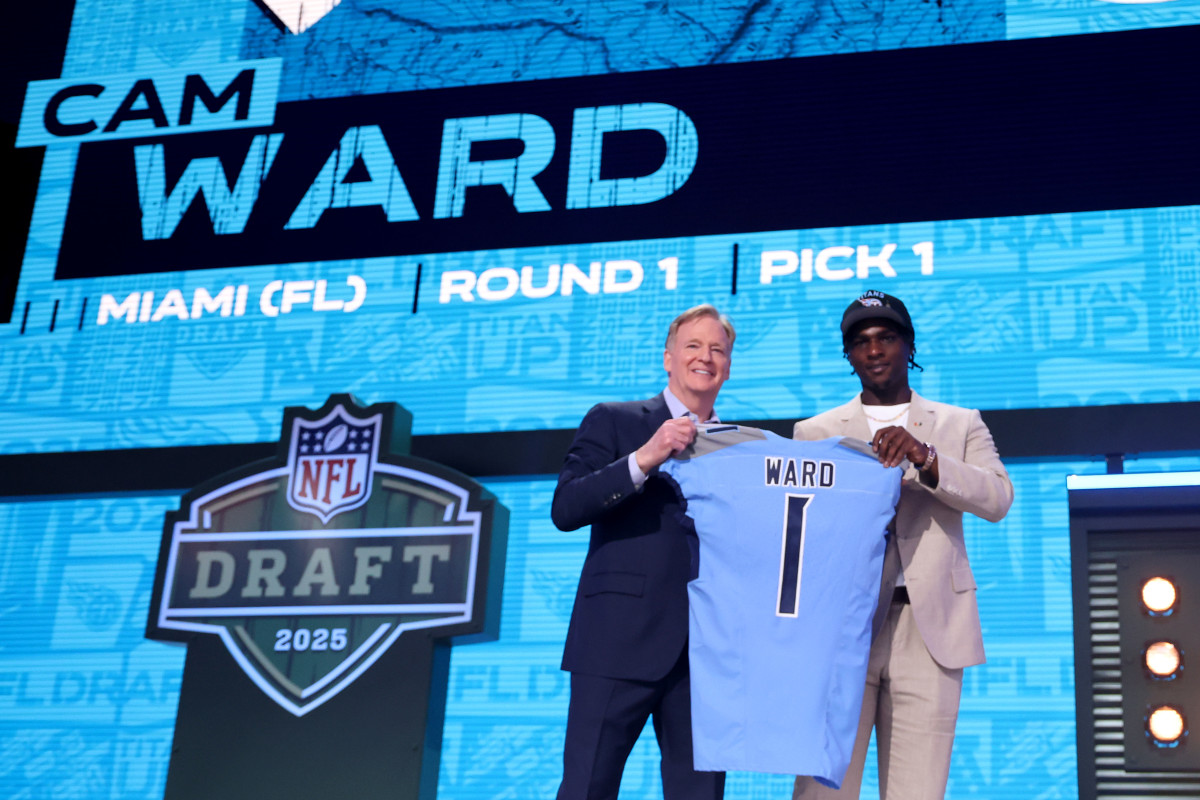Medicare recipients face a growing problem
A new study reveals an unwelcome health care development for seniors.

An overwhelming percentage of older Americans take prescription drugs.
In fact, nearly nine in 10 older adults, 88.6% to be precise, used prescription medications in 2021–2022, according to the Centers for Disease Control and Prevention (CDC),
And many of those older adults – some 53 million were enrolled in Medicare Part D prescription drug plans in 2024 – were likely more than a bit surprised when they went to the pharmacy to pick up their prescriptions.
A new study from GoodRx reveals that Medicare drug coverage is often less comprehensive and more restrictive than many might assume.
On average, the study showed that Medicare prescription drug plans now cover just 56% of analyzed medications – a steep drop from 73% in 2010 – and impose restrictions like prior authorization or step therapy on nearly half of those they do cover.
Coverage has ticked up slightly in recent years, and some restrictions have eased, but Medicare drug plans remain far less comprehensive than their commercial insurance counterparts.
According to the GoodRx report, commercial insurance plans, which cover many Americans not yet on Medicare, exclude, on average, 21% of medications, and 35% of covered drugs come with restrictions such as prior authorization.
Medicaid offers the most extensive coverage, including 97% of medications, but even then, 63% are subject to access hurdles like prior authorization or step therapy. TheStreet/Shutterstock
Protected drug classes in Medicare
To protect vulnerable beneficiaries, Medicare imposes federal requirements on drug plans that aim to guarantee access to critical treatments, wrote Tori Marsh, the author of the GoodRx study.
Related: How the IRS taxes Social Security income in retirement
Medicare requires plans to cover "all or substantially all" drugs in six protected classes: antidepressants, antipsychotics, anticonvulsants, immunosuppressants (for transplant patients), antiretrovirals (HIV/AIDS), and antineoplastics (cancer). These classes were selected due to their clinical importance and potential harm if access is limited or interrupted.
These categories were selected, according to Marsh, because of their clinical importance and the potential harm in the case of limited or interrupted access. Plans must include at least two drugs in all other therapeutic classes, but for these six, they’re expected to cover nearly every formulation.
Medicare's coverage-access gap
Despite coverage requirements, access remains problematic. Nearly half (49%) of Medicare-covered drugs are subject to utilization management tools like prior authorization and step therapy, even within protected classes, Marsh noted in the GoodRx report.
This creates delays, denials, or complicated appeals processes for patients needing timely care.
Medicare recipients endure "Big Pinch" effect
Insurance plans are covering fewer medications while placing more conditions on access to those they do cover, Marsh noted.
This creates what GoodRx research calls the "Big Pinch," where price is only part of the problem, and the real challenge becomes navigating increasingly burdensome policies.
“The pressure is even being felt in Medicare, where federal protections are meant to insulate beneficiaries from the worst of these dynamics,” Marsh wrote.
Critical gaps remain for Medicare patients
The average Medicare beneficiary lacks coverage for 44% of Medicare-eligible medications. This doesn't include treatments explicitly excluded from Medicare coverage, such as increasingly popular medications for obesity and weight management, according to Marsh.
Related: Secretary Bessent hints Social Security income tax changes are coming
Actionable advice for Medicare recipients
Shop smart during annual enrollment: “It is more important than ever to shop smart for Medicare prescription drug coverage during Medicare enrollment, Oct. 15– Dec. 7 annually," says Dr. Katy Votava, the president of GOODCARE.com.
She emphasizes that you should “verify that as many of your medications as possible are covered by the plan you select,” since coverage varies significantly between plans.
Melinda Caughill, the co-founder of i65, affirms this advice, stating, “Plans can and do change the medications that they cover from year to year. You cannot assume that a medication covered this year will still be covered by the same plan next year.”
Like Votava, Caughill stresses that these trends “make it more important than ever that people review drug coverage between Oct. 15 - Dec. 7.”
Compare plans thoroughly: “Compare plans looking at cost, coverage and quality,” Caughill advises. “Do not pick plans based upon just the monthly premium.”
She notes that significant savings can be found by examining all aspects of coverage: “Last year we saved a client $900 by simply changing to a pharmacy across the street from her current one,” she says.
Navigate prior authorization proactively: Votava also recommends becoming familiar with prior authorization requirements and not waiting “until the last minute to fill prescriptions that require 'prior authorization'.’”
For medications not on your plan's formulary, she suggests applying for a “formula exception” based on medical necessity, noting that “you must 'bird dog' that application to ensure the formulary exception process goes through.”
Consider medication alternatives: “Be open to changing from brand to generic or generic to brand,” says Caughill. “Both have saved people money, depending on the meds involved.”
She also recommends exploring different medication forms: “Try a different route: tablet to capsule, cream to injection, inhaler to pill, etc.”
Caughill also points out that “many meds are not covered if you refill once every other month but are covered if you refill once a month.”
Build your support network: “These processes can be arduous,” says Votava. “It is helpful to recruit a support person to assist.”
She advises working with your pharmacist, who is “quite familiar with the process,” and calling your plan's customer service for guidance, as they “can often give people helpful information and keywords to include in the medical necessity statement.”
Take control of your Part D research: Marcia Mantell, the president of Mantell Retirement Consulting and author Creating Your Medicare Recipe, emphasizes that “Congress and the insurance companies have forced all of us into 'consumer-driven' healthcare.”
She recommends learning to use Medicare's "Find Plans" tool and cautions that “the vast majority of seniors on Medicare who use a broker/agent likely won't get the lowest cost Part D plan offered up as a solution” since some insurers have stopped paying broker commissions.
Explore alternative sources for medications: “Shop around for your Rx's. Use GoodRx even if you have a Part D plan,” advises Mantell. She suggests checking pricing at "Costco, Amazon's new pharmacy, Mark Cuban's discount drug company" and using "AARP's discount drug card," noting that "your Part D plan may not carry your specific drug on their formulary, so you have to shop elsewhere."
Caughill adds an important caution: "The $2000 spending limit does not apply when your medicine is not covered by your insurance." This reinforces the importance of ensuring your medications are on your plan's formulary.
Seek expert assistance: Mantell recommends scheduling “time with your local SHIP representatives,” who “can help you navigate the minefield of Part D drugs and situations,” though she expresses concern about potential funding cuts to these programs.
Automated services like HeyMOE, recommended by Caughill, can help Medicare recipients remember when open enrollment occurs and automatically compare coverage options, including GoodRx pricing alternatives.
The bigger picture
“It becomes clearer every year, in my opinion, that America doesn't like its old folks,” says Mantell. “Congress and insurers are putting every possible barrier in the way to cause great misery and stress among our most vulnerable."
Says Votava: “It is ever more true that the devil's in the details with Medicare.”











































































































































































